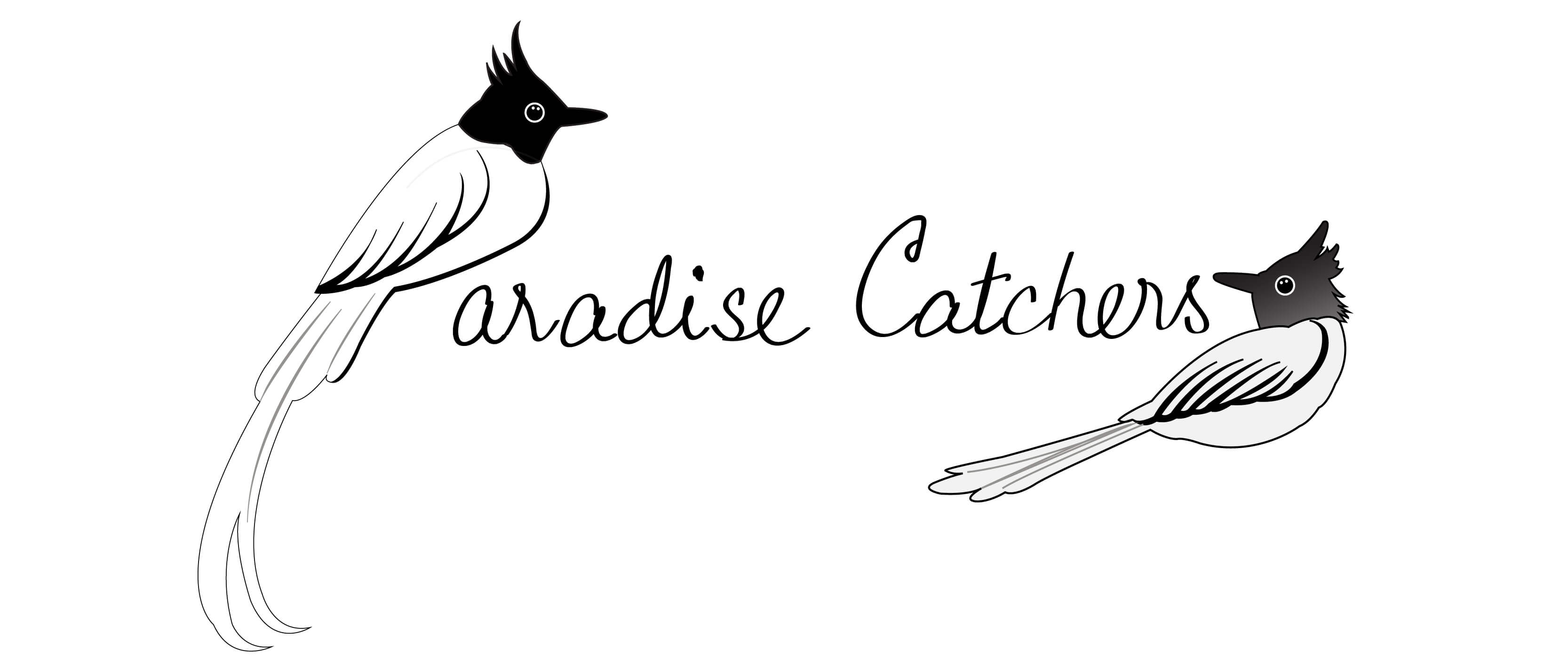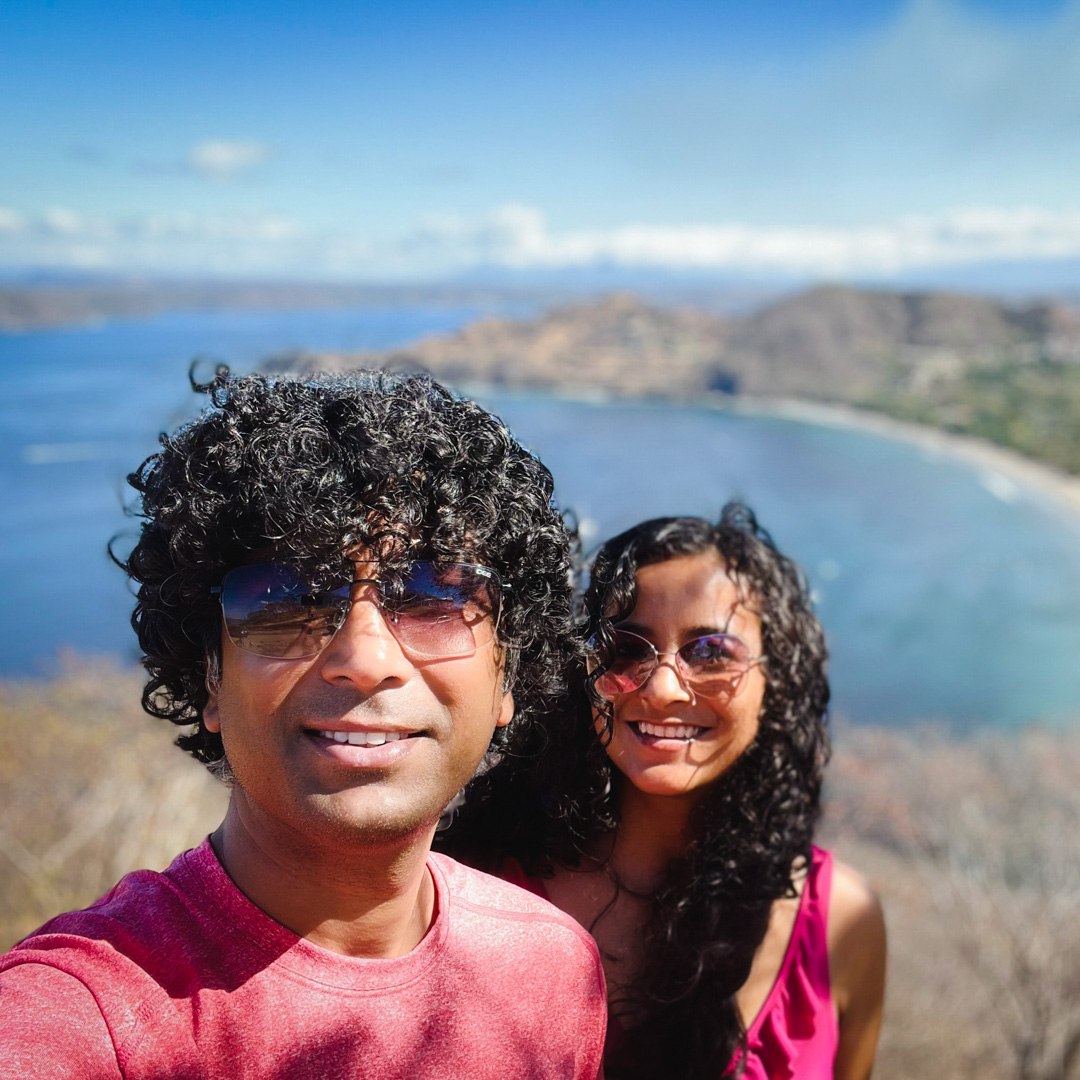No photos or videos to look back to. Yet, the turtle nesting tour in Tortuguero is one of our most memorable travel experiences. Though we were aware of the intention of the tour, we did not quite realize what to expect from it.
Sea turtles arrive every year at Tortuguero beach, in the northern Caribbean region of Costa Rica, for nesting. That makes turtle nesting tour one of the top things to do in Tortuguero during the season.
We went on a turtle nesting tour in August 2021, and were amazed by the whole experience. So, we decided to dedicate a whole blog post for sharing that experience with you, and to share the information that you need to know if you plan to go for this tour.
Turtle Nesting Tour in Tortuguero: Our Personal Experience
This is our personal experience of the turtle nesting tour in Tortuguero, starting from before the tour to some afterthoughts about it.
Getting Ready for the Tour
Since moving to Costa Rica, we prefer to retire for bed early so that we can start the following day early. So, going on a tour at 10:00 pm was a tall task for us. Having already expended fair bit of energy for activities during the day did not help either. So, we decided to take a power nap in the evening so that our energy levels are replenished before the start of the turtle nesting tour. That was probably not a very good idea, as we started the tour feeling like zombies!
Tour Briefing by the Guide
We met our tour guide at the deck of our guesthouse where other tour participants of our group had also gathered. It was time to get the tour briefing from our guide Isaac.
Isaac explained to us the process of the tour, and the strict guidelines that we needed to adhere to. He also handed out a sticker to each of the tour participants. The number of the sticker denotes the number of people who have taken this tour till date.
Walk through the Forest Trail
To start the tour, we walked a few hundred meters to reach the end of the town, where the zone of the Tortuguero National Park begins. Our guide gave us very specific instructions about when to use the flashlight and how, and where not to point to. We continued walking following the footsteps of Isaac.
At one point, he stopped and told us, “We will now walk on the Jaguar Trail. The trail gets its name due to the fair size of jaguar population in this part of the national park. Okay, let’s go.”
Although Isaac made it sound like a commonplace statement, for us mere mortals, it was not. The statement raised follow up questions from our fellow group members. “What are the chances that we will encounter a jaguar on the trail?”
Isaac replied, “Oh, don’t worry. The chances of seeing a jaguar are very low. A jaguar may be watching you from close quarters, but you will not be able to see it.”
This seemingly convincing answer added to our thrill of walking through the forest in the darkness of the night.
Waiting for our Turn
Along the Jaguar Trail, there is a holdout area where different tour groups gather. We had to wait here until our group was called for.
Here is the way it works. Since the onset of the evening, specialists at the beach monitor for turtle nesting activities, their senses being the best tools aiding them. Once they spot a sea turtle already in the fourth stage (explained later) of her nesting process, a message is sent to the representatives coordinating with the tour group guides in this holdout area. The representatives inform the tour group guides when it is their turn to head to the beach to see turtle nesting.
In some cases, you may need to wait a while before your group is called for. We were lucky as our group was called within 5 minutes of us arriving at the meeting area.
There are numbered alleys through the forest that lead to different sections of the beach. Our group was directed to go from entry number 41.
Wonder at First Sight
Following our guide, our group entered the lane marked 41. By this time, we were not allowed to use any flashlights. So we had to anticipate any logs or swaying tree branches obstructing the path, and move accordingly. Overcoming the obstacles, we finally arrived at the beach.
Our guide pointed us to where the sea turtle was nesting. Indranil and I had never seen a sea turtle on land before this. It was a huge creature lying still on the sand, going through difficult but important moments of its life. Even before starting to see the nesting process, just the sight of the giant turtle bedazzled us. We instantly forgot about all the urge to go to sleep on time. We could not wait to see what the rest of this nocturnal tour unfolded.
Some Basic Rules
Each tour group is allowed to see the nesting process of only one sea turtle during the entire duration of the tour.
Only one tour group is allowed at a time near a turtle.
The number of tour groups allocated to a turtle is limited. In our case it was three groups, two groups of 8-10 people each and another group of 3 people.
The groups had to take turns for seeing the sea turtle.
You can observe the turtle nesting only from behind the turtle so that it is does not see you and feel threatened.
As per the instructions, we followed these steps and took turns to witness the different stages of the turtle nesting process.
Turtle Nesting on the Tortuguero Beach
As we stood near the rear of the green sea turtle seeing it pop out white ping-pong ball like eggs one after the other, Isaac explained to us the different stages of the turtle nesting.
The process consists of 7 stages:
- Arrival: Female sea turtle emerges from the sea on the beach to scout for a place suitable for nesting.
- Body pit creation: Moving its body from side to side and using its flippers, the turtle creates a body pit.
- Egg chamber creation: Using its rear flippers, the turtle creates a hole that will be used for dropping eggs.
- Egg laying: The turtle starts laying the eggs, popping out 2-3 at a time, and depositing a total of around 100 eggs.
- Eggs covering: The turtle uses the rear flippers again to cover the egg chamber with sand.
- Camouflaging: Using its front flippers, the turtle throws sand and fills the body pit with sand to camouflage it.
- Back to the ocean: After completing this delicate process, the turtle crawls back to the sea.
Tour groups are allowed on the beach only when a turtle is spotted to have entered the fourth stage. Prior to that, if the turtle observes the presence of others at the beach, it may feel threatened and return to the ocean without completing the nesting process.
The timing of the start of your tour may coincide with the fourth or any of the later stages of the nesting process. In our case, we were fortunate to be able to observe the process from the fourth stage all the way till the last stage.
Journey Back to the Sea
We were delighted to see each of the four stages of the nesting process, from fourth to seventh. At the end, the turtle crawled its way back to the sea, never to return to its nest again. Yes, the sea turtles make every effort to ensure they nest in a safe environment where the eggs can stay safe until the baby turtles hatch. But they do not have any connection to their nest once the adult sea turtles go back to the sea after nesting.
This is such an interesting natural phenomenon. It raised so many questions for us about the life of the sea turtles. We asked some of them to our guide, and the answers triggered even more curiosity in us about sea turtles. So we tried to fill that knowledge quest by reading and researching more about sea turtles after the tour concluded.
Turtle Nesting Tour in Tortuguero: The Effect on Environment
Since nesting is such a sensitive process for the sea turtles, we wanted to understand if there is any unethical side to this tour. Turns out in this little Caribbean town, the tour does more good for the turtles than bad.
The economy of Tortuguero has come a long way from turtle poaching being one of the main modes of livelihood not many decades ago. But now, the livelihood of many locals span around protecting turtles and creating awareness, which in turn results in an influx of tourism by nature and wildlife enthusiasts and conservationists.
Since the start of this program, there has been a significant decrease in sea turtle poaching. However, the practice is not extinct yet. So, having guides and tourists on the beach at the time of nesting also helps keep the poachers at bay, and also possible other predators.
Turtle Nesting Tour in Tortuguero: Information Details
If the idea of witnessing a nesting turtle sounds exciting to you, here are some other details you may want to know about the tours in Tortuguero.
Turtle Nesting Season: 4 different species of sea turtles come to Tortuguero beach for nesting, but the nesting seasons vary. Leatherback turtles nest between February-March to April-May, loggerhead turtles nest from July to October, and hawksbill turtles from March to October. But in terms of sighting, your best chances are with green sea turtles that arrive in large numbers between the months of July and October.
Guided or Self-guided: Guided tours only.
Tour Timings: This is a nocturnal tour. There are 2 different slots, at 8:00 pm and at 10:00 pm. However, the exact timing is confirmed only on the day of tour. This is determined by the specialists who monitor the movement of turtles on the beach everyday.
Duration of Tour: 2 hours.
Tour Price: 35-45 USD per person.
What to Wear: Dark colored attire, long pants, closed shoes, insect repellent.
What to Bring: Water, raincoat/ rain poncho.
Strictly Not Allowed: Mobile, camera or any other electronic device.
Tour Company: We did our turtle nesting tour with Tortuguero Adventures.
Final Thoughts
If you visit during the season, turtle nesting tour can be the highlight of your Tortuguero trip. This is also one of the best things to do in Costa Rica and the experience can be a great addition to your Costa Rica itinerary.
Plan your Tortuguero travel:
- How to get to Tortuguero: Step by step details of how you can plan your travel to Tortuguero from other places of Costa Rica like San Jose, La Fortuna, Puerto Viejo de Talamanca, Cahuita.
- Cerro Tortuguero: Plan a DIY inactive volcano hike in Tortuguero.
Like the post? Pin it!




How did you get/find/book a guide for the tour?
Hi Caitlin, We did some research online and came across Tortueguero Adventures. Contacted them on WhatsApp to coordinate the tour booking, that includes guide. They were pretty good 🙂
You can also contact them by email: info (at) tortuguero-adventures (dot com)
Thanks for this – we are heading there in a couple weeks and i think it’s helpful to understand what to expect!
Thanks Andrea! Hope you have a great time in Tortuguero! 🙂